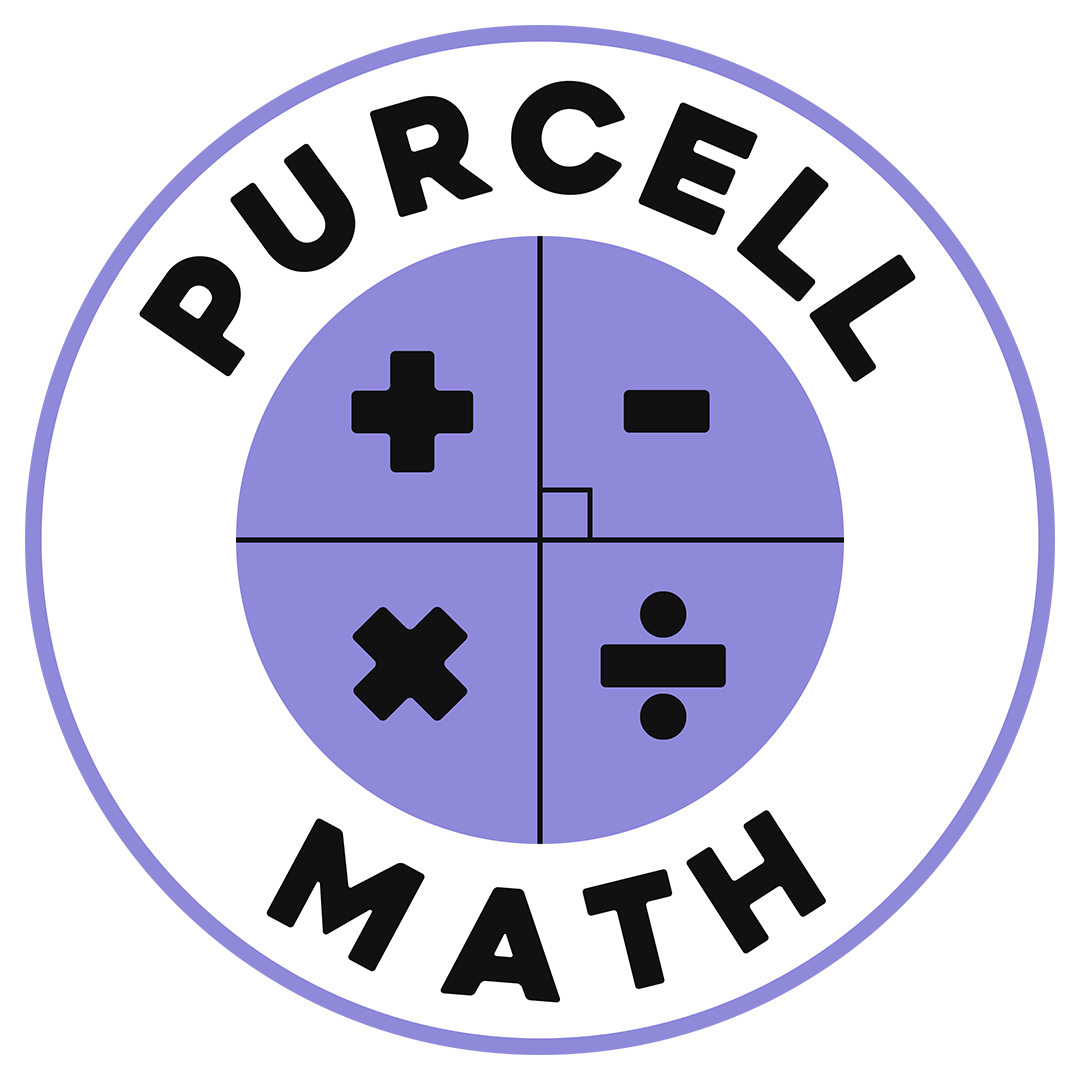Your cart is currently empty!
Rounding and Approximating: Making Math Manageable
Introduction
Rounding and estimating are key math skills we use daily, from grocery shopping to budgeting. These techniques help simplify calculations, especially when exact numbers aren’t necessary. This post explores when and how to approximate numbers for quick, accurate decisions.
Core Concepts:
1. Estimating for Everyday Calculations:
Estimation can help you quickly determine costs when shopping:
For instance, if something costs $4.23 per item, and you’re buying six, estimating it as $4 x 6 = $24 gives a quick approximate cost.
Similarly, for three pizzas at $8.95 each, you could round to $9, making the estimated cost 3 x 9 = $27.
2. Rounding Basics:
Rounding simplifies numbers by adjusting them to a specified place value. Here’s how it works:
Nearest Tenth: 6.23 rounds to 6.2.
Nearest Hundredth: 8.195 rounds to 8.20.
Nearest Ten-Thousandth: 1.62 rounds to 1.6000.
3. Dividing for Approximations:
Rounding can make division quicker too. For example, 8.24 ÷ 4.02 can be approximated as 8 ÷ 4, which equals 2. This estimate may not be exact, but it provides a useful guideline.
Conclusion
Rounding and estimating bring convenience to math applications in real-life scenarios, from calculating totals to making quick mental calculations. Understanding these simple techniques makes day-to-day math more manageable.
Share this:
- Click to share on Facebook (Opens in new window) Facebook
- Click to share on Threads (Opens in new window) Threads
- Click to share on X (Opens in new window) X
- Click to share on X (Opens in new window) X
- Click to share on LinkedIn (Opens in new window) LinkedIn
- Click to share on Reddit (Opens in new window) Reddit
- Click to print (Opens in new window) Print
- Click to email a link to a friend (Opens in new window) Email

Contribute to the Formula